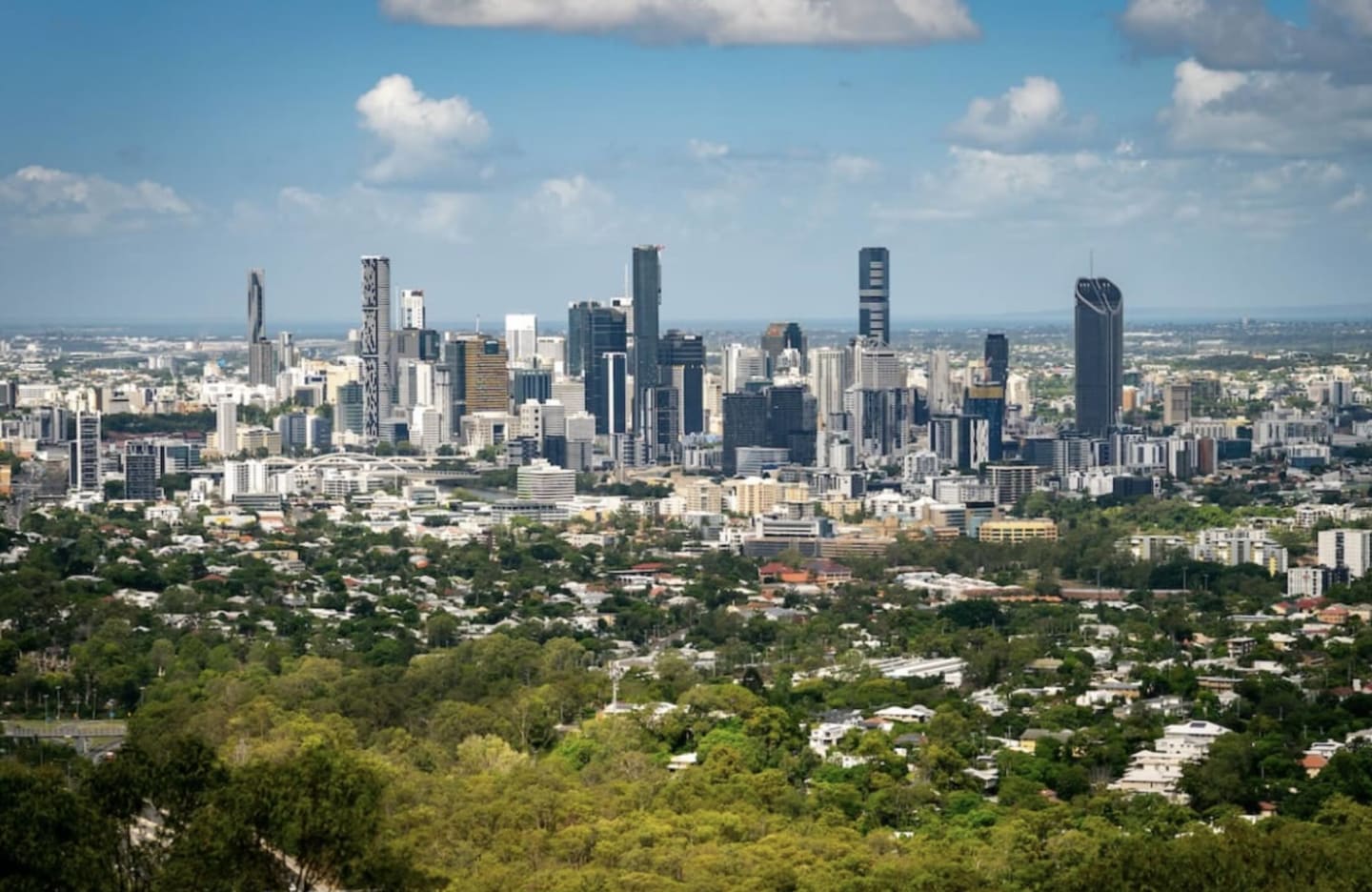Boost to Buy: Queensland Budget targets first home buyers in high-price market
The first Queensland budget under the Crisafulli Government places a strong emphasis on housing, with several major policies aimed at shifting from short-term fixes to long-term structural reform.
Treasurer David Janetzki described the housing package as part of a “fresh start,” focused on restoring affordability, boosting supply, and promoting economic security through increased home ownership.
Among the headline initiatives is the $165 million “Boost to Buy” scheme, a shared equity program that will provide up to 30 per cent equity for new homes (and 25 per cent for existing homes) valued up to $1 million. The scheme is open to households earning up to $225,000 and is designed to reduce the deposit burden for first home buyers. Registrations of interest open from 1 July 2025.
This initiative complements the extension of the $30,000 First Home Owner Grant until June 2026, applicable to new builds, and comes alongside the abolition of stamp duty for first home buyers purchasing a new home.
REIQ CEO Antonia Mercorella said broadening the ‘Boost to Buy’ scheme was a smart, timely step to match market conditions and help more Queenslanders take their first step into home ownership.
“We called for expanded access to shared equity because we know high deposit hurdles are keeping aspiring buyers from getting onto the property ladder,” Mercorella said.
“With suitable income eligibility thresholds of $225,000 for couples and $150,000 for singles and a statewide property value cap of $1 million, the scheme reflects modern property prices across Queensland and makes it the most attractive in the nation."
In Greater Brisbane, the annual median house price is $895,000, and in the Brisbane LGA it's $1.21 million. Even for units, annual median unit prices are $770,000 and $735,000 for the Gold Coast and Sunshine Coast respectively.
“The generous cap ensures the scheme is relevant in all corners of our state including high-demand areas like Brisbane, the Gold Coast, and Sunshine Coast, where the median house price now sits above $1 million. Without this adjustment, the scheme risked being out of touch with the reality faced by many first home buyers today.
“With limited placements and a strict focus on first home buyers, this is a measured and proportionate support mechanism. It represents a small share of overall market activity, is unlikely to distort demand, and may assist in rebalancing housing pressure by helping some renters transition into ownership."
Property Investment Professionals of Australia (PIPA) Chair Nicola McDougall praised the package as a market-aware and practical approach.
“Helping Queenslanders achieve property ownership was front and centre in the 2025–26 State Budget,” McDougall said.
“The Boost to Buy scheme and enhanced grants are pragmatic and market-aligned initiatives. The property price and income thresholds are more in line with market and economic realities, clearly indicating that the Queensland Government is serious about addressing the housing crisis and helping more young people achieve property ownership.”
Beyond direct buyer support, the Budget commits $2 billion to the Residential Activation Fund, with $1 billion allocated in the first year. This fund is aimed at fast-tracking trunk infrastructure, like water, power, and transport connections, for shovel-ready housing developments in both infill and greenfield areas.
The government has also earmarked $5.6 billion for new social and community housing, with a target of 53,500 new homes by 2044, and is investing $31.3 million in 13 new Regional Plans to support projected population growth and urban planning coordination.
McDougall highlighted the importance of long-term investor participation in underpinning Queensland’s rental housing supply.
“PIPA welcomes the opportunity to discuss policies that will not only encourage more property investors into the market but also motivate them to stay for the long-term,” she said.
“Removing stamp duty disparities between owner-occupiers and investors, and updating land tax thresholds to match today’s values, would be simple but powerful next steps.”
Joel Robinson
Joel Robinson is the Editor in Chief at Apartments.com.au, where he leads the editorial team and oversees the country’s most comprehensive news coverage dedicated to the off the plan property market. With more than a decade of experience in residential real estate journalism, Joel brings deep insight into Australia’s evolving development landscape.
He holds a degree in Business Management with a major in Journalism from Leeds Beckett University in the UK, and has developed a particular expertise in off the plan apartment space. Joel’s editorial lens spans the full lifecycle of a project—from site acquisition and planning approvals through to new launches, construction completions, and final sell-out—delivering trusted, buyer-focused content that supports informed decision-making across the property journey
